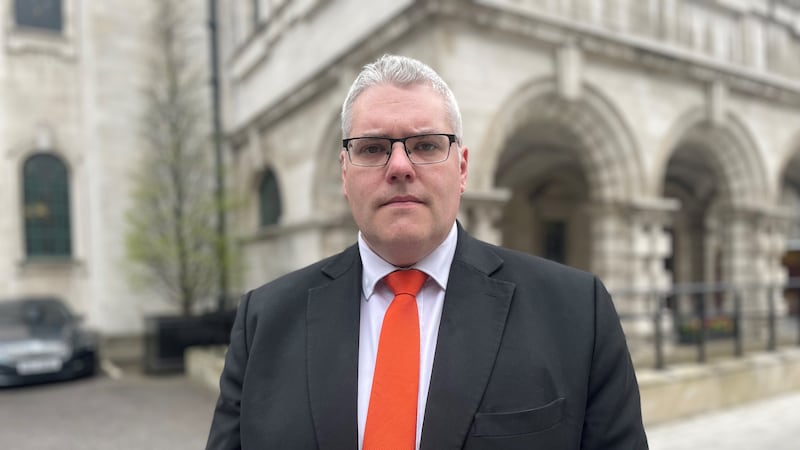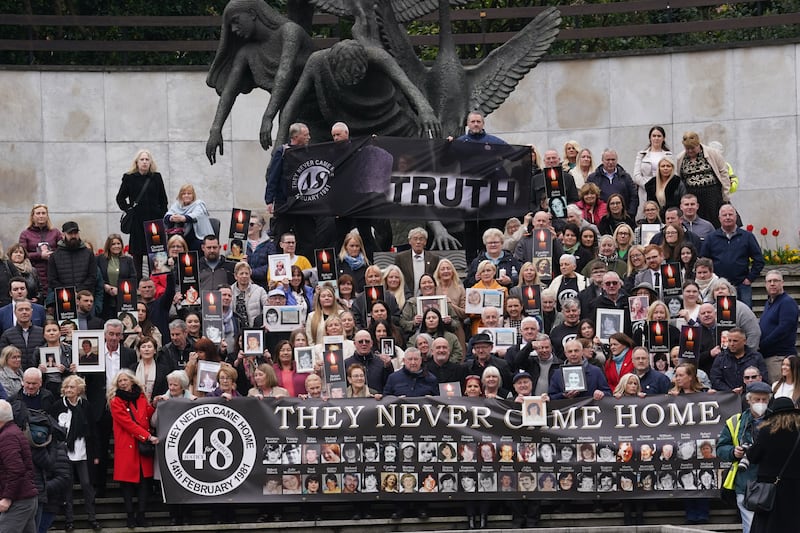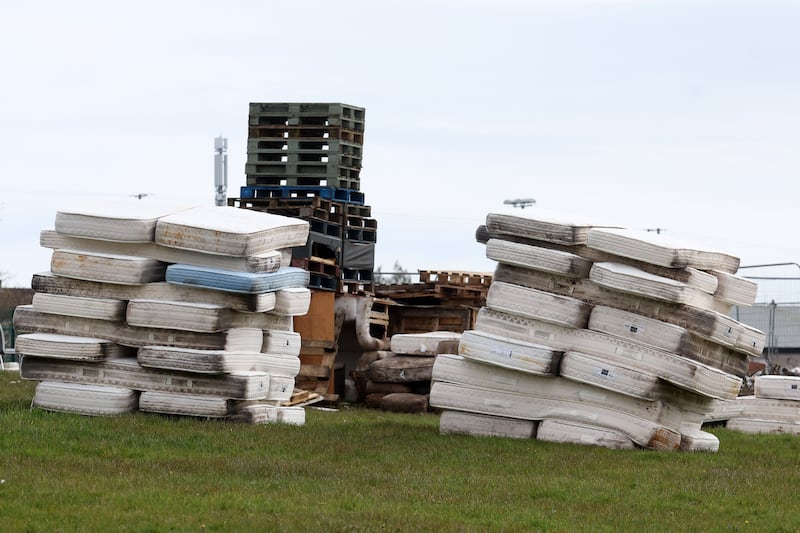ALTHOUGH the annual tensions around bonfires have now passed with the end of the summer, a court judgment this week is a welcome reminder that important issues remain unresolved.
Mr Justice Horner has set out his reasons for rejecting a legal bid in July to force police to remove an Eleventh Night pyre on government land near an interface in the Tiger's Bay area of north Belfast.
A resident was seeking to have the structure demolished, in an action also involving infrastructure minister Nichola Mallon and communities minister Deirdre Hargey.
Nationalists in the nearby New Lodge had complained of golf balls being struck towards homes and sectarian songs being sung at night, described by the judge as “intimidation of the worst kind”.
The bonfire went ahead after he accepted police arguments that intervention could provoke widespread unrest and endanger the safety of children.
An assistant chief constable said there was intelligence that petrol bombs had been gathered and 'untested intelligence' of a risk of guns being used.
While dismissing the legal challenge, Mr Justice Horner has now helpfully set out guidance about managing problems around bonfires in future.
He said before any contentious pyre is constructed, there should be "clear ground rules" agreed on matters such as size, location and composition, adding that a failure to do "may result in action being taken at the outset to prevent a bonfire from being constructed on public land at all".
The Tiger's Bay bonfire was not the only one to spark concern over the Twelfth period, with a teenager suffering serious burns in the Ballysillan area of north Belfast.
Problems around bonfires are, of course, a symptom of wider political failure.
A report by a commission set up to find consensus around flags and other contentious cultural issues was submitted to the first and deputy first ministers more than a year ago but has still not been published.
It should be clear to all that a solution must be found that permits bonfires to proceed in a safe and controlled way while fully respecting the rights of those affected in nearby communities.
While community engagement and agreement will always be preferable to intervention by statutory bodies, the example of parading shows the merits of stepping in where disputes arise.
Contentious marches which once caused enormous disruption are now largely a thing of the past and there is no reason why the same approach cannot be applied to problematic bonfires.







